LACMA’s Controversial Expansion Plan: Long on Hype, Short on Context
PLATKIN ON PLANNING-If you want to dive into critical discussions about the Los Angeles County Museum of Art’s (LACMA’s) makeover, designed by Peter Zumthor, the world is your oyster. Just Google it, and for hours you can immerse yourself in renderings, panel discussions, and well-written articles, many by LA Times architecture critic, Christopher Hawthorne.
But most of what you unearth will miss the big picture, the context of LACMA’s costly project on Wilshire Boulevard, where two other nearby museum projects have already been abruptly plopped into place. Like Zumthor’s edgy design, they, too, are totally disconnected from the surrounding mid-Wilshire area.
This section of Wilshire is called the Miracle Mile and it extends from Highland Avenue on the east to San Vicente Boulevard on the west. It began as LA’s premier shopping destination, and it still has some notable gems. But, with or without Zumthors’s inkblot, this area’s many rough edges require far-reaching up-grades.
The question is how the future of this charming, centrally located region of Los Angeles will evolve over the next several decades, especially when the Purple Line Subway Extension opens in 2023. By the time it is completed, this transit project will have cost over $3 billion, a tidy investment of local and Federal money.
The Miracle Mile’s amenities include Page Park (also called Hancock Park), the LaBrea Tar Pits, and the adjacent complex of museums near Wilshire and Fairfax. Together they have reversed some of the corridor’s economic decline after the Beverly Center and Grove shopping centers forced its old department stores to meet their maker.
Unlike the transit improvements, which are publicly financed, the museums are dependent on private philanthropy; the bulk of it coming from a small coterie of extremely well off patrons, such as Eli Broad. More specifically, LACMA’s project will cost over $650 million, and the adjacent Academy of Motion Picture Arts and Science museum and major event center will cost at least $300 million. Across the street, the renovation of the Peterson museum cost $125 million.
Given cost overruns and inflation, we can assume that the final museum price tags will easily surpass $1 billion in private donations from LA’s one-percenters.
Corridor’s shortcomings: Considering that over $4 billion in public and private investments is flowing into the Miracle Mile corridor, it is truly amazing that so many obvious shortcomings in appearance and public services persist. Sitting in plain view, they remain unexamined and unaddressed by City Hall, METRO, and the big-givers impatient for their names to be chiseled in marble on museum entranceways.
Like most of Los Angeles, this blight is pervasive, and it is inexcusable that $4 billion in public and quasi-public projects have ignored the following:
- City Planning has yet to undertake any actual neighborhood planning for the Purple Line Extension. The many questions of how pedestrians, bicycles, cars, busses, and cabs/ubers will interface with the subway stations at LaBrea, Wilshire, and LaCienega have not yet been examined, much less planned and paid for. Likewise, the land use and design impacts of the Purple Line subway on surrounding areas have, so far, not been considered, even though old file cabinets have detailed plans, land use ordinances, and EIR’s from the early 1980s, when the original MetroRail alignment included the Wilshire/LaBrea and Wilshire/Fairfax stations.
- Furthermore, based on station area planning for the new METRO Exposition light-rail line stations, there is not much to look forward to if the Purple Line planning process is implemented before 2023. In the Expo cases, the plans consist of the up-zoning of private parcels and a streetscape design manual. The City’s budget does not yet include any money for public improvements to support the new light rail stations.
- The boulevard trees along the entire Miracle Mile corridor are a hodge-podge of different species, with some odd choices and notable gaps. In fact, on the half-mile stretch of Wilshire Boulevard between Fairfax and San Vicente, there are hardly any street trees at all.
- Billboards and super-graphics can be found in many parts of the Miracle Mile, a major form of visual pollution that would only get worse if the City’s new billboard ordinance designates the Miracle Mile corridor as a sign district suitable for electronic billboards.
- Large metal fences fortify local landmarks, especially LACMA, Hancock Park, and the adjacent Park LaBrea housing complex. These block pedestrian flow, and if anyone wants to walk from Hancock Park to Park LaBrea, they must swerve two blocks out of their way just to cross the street.
- Other than the famous Urban Light installation at LACMA, the corridor is gloomy at night. It urgently needs enhanced street and pedestrian lighting along Wilshire Boulevard, not just a public art installation on LACMA’s grounds.
- Building signs include many questionable and outright illegal signs that should be cited and removed through the Department of Building and Safety and office of the City Attorney.
- Missing street furniture, such as visually consistent newspaper racks, bus shelters, and trash cans, are the low hanging urban design fruit that could quickly spiff up this area, especially the bleak section west of Fairfax Avenue.
Why is context so ignored? How can we explain LACMA’s failure to consider the Miracle Mile’s context in its expansion plans? Why have the other two major museums in this area also been so resistant to local design guidelines and so unconcerned about the extraordinary lack of sufficient services, infrastructure, and planning for this corridor?
My working explanation is that LA’s movers and shakers, who are the guiding light and deep-pocketed funders of these museum projects, are quite unaware of the city they live in. Cloistered in protected estates and penthouses, their lives consist of private services, private infrastructure, and tinted windows blocking out both sunlight and the urban blight of most LA neighborhoods. Instead, they only peak out of limo windows to view iconic buildings, such as the Getty Museum, Disney Concert Hall, and now LACMA, all designed by celebrity architects appreciative of accolades and handsome commissions.
LA’s hundreds of miles of congested, unadorned streets, with their endless overhead wires, mini-malls, strip malls, billboards, super-graphics, bootlegged commercial signs, treeless parkways, dumped couches, broken sidewalks, pot holes, McMansions, ragged building lines, and dingbat apartments are apparently well hidden by a Star Trek-type cloaking device. It miraculously makes this visual pollution invisible to those patrons of the arts whose tastes gravitate to Frank Gehry and his ilk.
In their wake, elected officials and City staff have absorbed this blinkered view of Los Angeles, and it is our task to peel the tinting off the windows so they can see and attend to the real Los Angeles.
(Dick Platkin lives in the Fairfax area, several blocks from LACMA and the Purple Line Extension. A veteran city planner, he reports on local planning issues for CityWatchLA, and he welcomes comments and questions at [email protected].) Prepped for CityWatch by Linda Abrams.


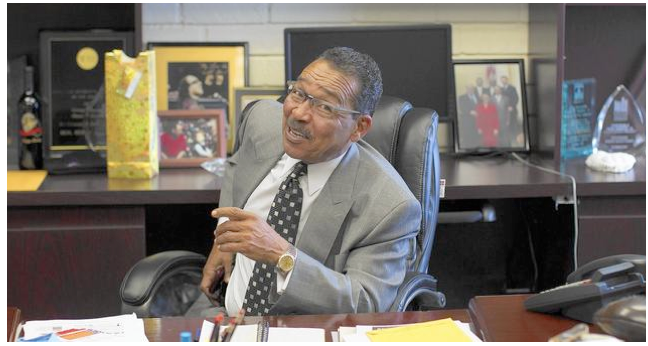
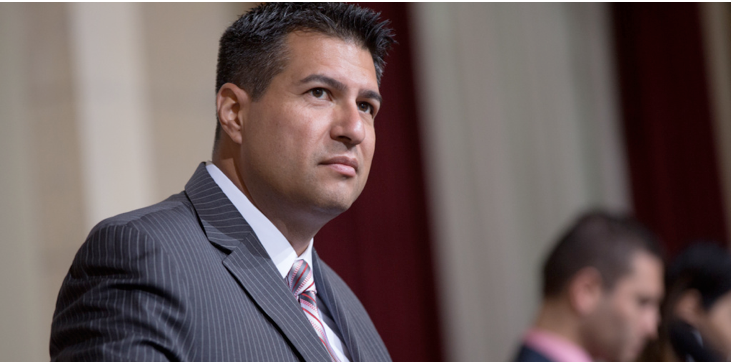

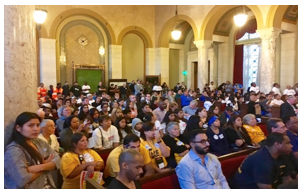 At the City Hall hearing, where more than 140 people testified, local residents brought up a number of serious concerns with planning commissioners David Ambroz, Renee Dake Wilson, Veronica Padilla, Caroline Choe, Samantha Millman, John Mack, Robert Ahn and Dana Perlman, including:
At the City Hall hearing, where more than 140 people testified, local residents brought up a number of serious concerns with planning commissioners David Ambroz, Renee Dake Wilson, Veronica Padilla, Caroline Choe, Samantha Millman, John Mack, Robert Ahn and Dana Perlman, including: 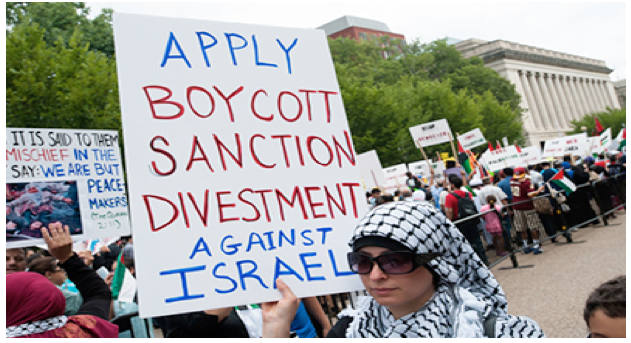

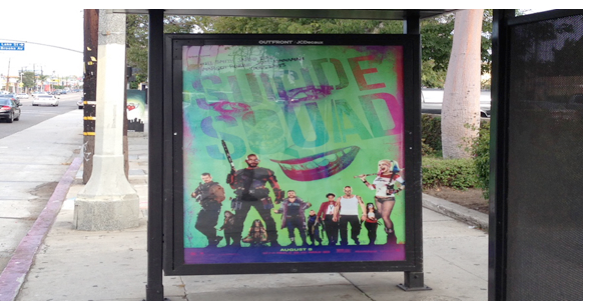

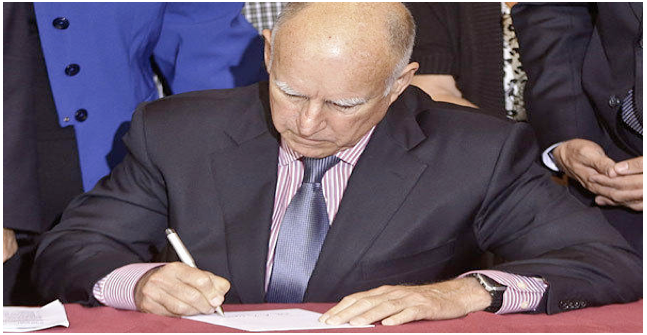

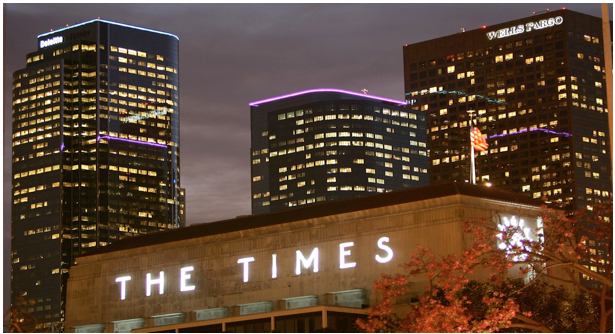

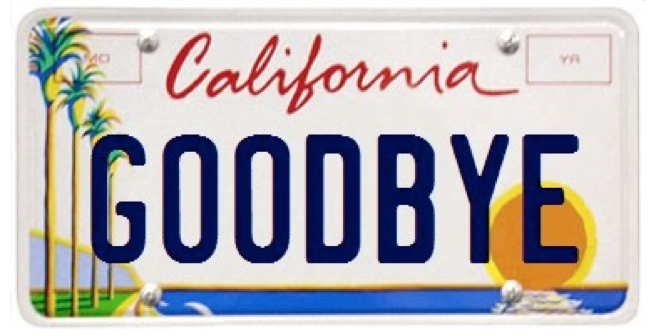
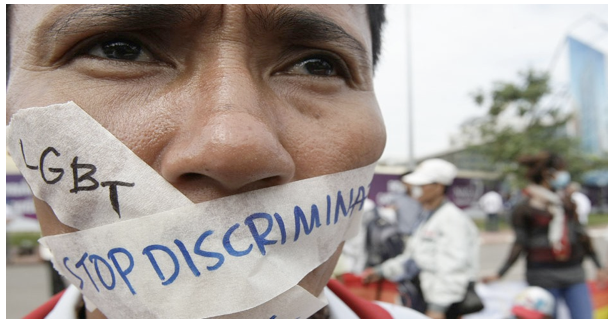


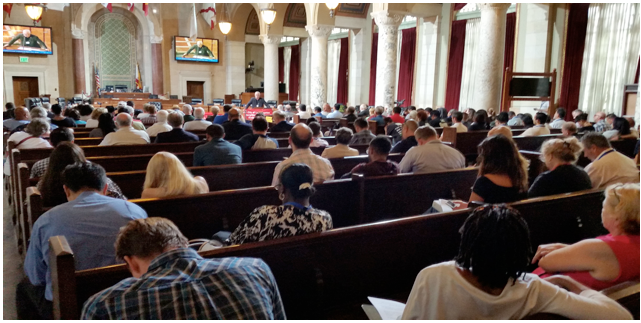
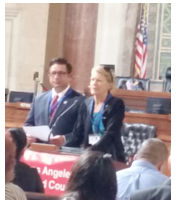 Liz Amsden, BA Co-Chair, opened the ceremony with, “…we provide role models in our communities and for our leaders, and see positive outcomes. That’s why we’re here today to learn a little more to be able to give our neighbors a hand, not to make money but to develop and nurture human capital.”
Liz Amsden, BA Co-Chair, opened the ceremony with, “…we provide role models in our communities and for our leaders, and see positive outcomes. That’s why we’re here today to learn a little more to be able to give our neighbors a hand, not to make money but to develop and nurture human capital.” 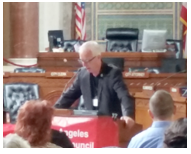 Jay Handal (left) opposes the $1 billion bond because there are too many unanswered questions, such as:
Jay Handal (left) opposes the $1 billion bond because there are too many unanswered questions, such as: 
 In order to strike fear in homeowners groups, they continue to make baseless and unsupported claims that the city's second unit policy provides for unrestricted and "weak" regulations of second units, and that the city has an "existing ordinance" that should be preserved. These claims however, are completely detached from reality.
In order to strike fear in homeowners groups, they continue to make baseless and unsupported claims that the city's second unit policy provides for unrestricted and "weak" regulations of second units, and that the city has an "existing ordinance" that should be preserved. These claims however, are completely detached from reality.
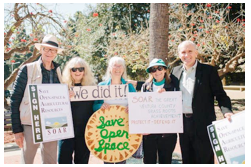 All of which makes SOAR worth celebrating. But there is a problem with those walls, and within the Kingdom. And that problem is not the wonderful things that growth restrictions have done. It’s what the princes and princesses of the Kingdom have failed to do. (Photo left:A group of SOAR volunteers in Ventura County)
All of which makes SOAR worth celebrating. But there is a problem with those walls, and within the Kingdom. And that problem is not the wonderful things that growth restrictions have done. It’s what the princes and princesses of the Kingdom have failed to do. (Photo left:A group of SOAR volunteers in Ventura County)

 Silver Lake residents are concerned that the mega-project by
Silver Lake residents are concerned that the mega-project by 














